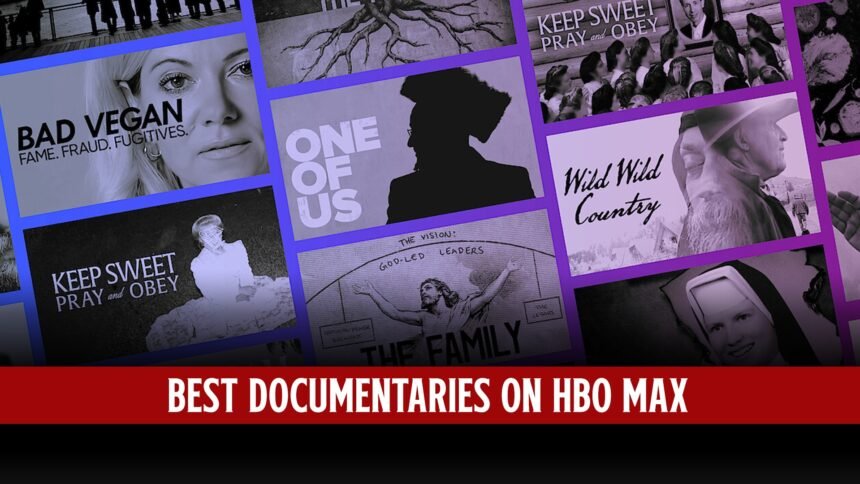On Monday, Twitch announced its plans to reduce its workforce to improve its long-term business outlook. The move reflects the broader trend of tech industry reductions over the past six months, despite the company’s apparent success as a streaming site.
The layoffs will affect 400 employees at Twitch, which is part of Amazon’s plans to let go of 9,000 workers across various divisions, including AWS cloud and advertising units.
Twitch CEO Statement
According to new Twitch CEO Dan Clancy, the reduction in the workforce is necessary due to the current macroeconomic environment. User and revenue growth have not kept pace with the company’s expectations, making it difficult to sustain the current workforce size.
Just a few days after longstanding Twitch CEO Emmett Shear revealed he would leave the firm to spend more time with his family, Clancy shared the news on the company blog.
Clancy, who was previously the president of Twitch and already had experience running day-to-day operations, has taken over as the new CEO.
Despite Twitch’s ongoing success and massive cultural impact, the company likely struggled to maintain the same level of growth it experienced during the early stages of the pandemic, which is a common trend throughout the tech industry.
With more people spending time at home, the demand for online spaces soared, leading to an increase in hires. However, recent economic unpredictability has prompted many tech companies to scale back and reduce their workforce.
While the news is undoubtedly difficult for those affected, Twitch’s decision to reduce its workforce is likely a necessary step toward ensuring the company’s long-term viability.
The layoffs at Twitch surprise many, given the company’s strong position within the streaming industry. Twitch has become a cultural phenomenon, with millions of users tuning in to watch their favorite streamers play games, host talk shows, and share their daily lives.
The platform has also seen a surge in popularity beyond the gaming community, with musicians, artists, and other creators flocking to the site to connect with audiences.
Despite its success, Twitch has faced challenges in recent years, including increased competition from rival streaming platforms, user behavior changes, and ongoing content moderation issues.
The COVID-19 pandemic has also seriesly impacted the company, with many advertisers reducing their spending and users experiencing “Zoom fatigue” as they spend more time online.
Twitch’s decision to reduce its workforce may signify a broader shift in the tech industry as companies adjust to the changing economic landscape.
While the pandemic has accelerated the adoption of digital technologies, it has also exposed vulnerabilities in many business models, leading to a renewed focus on sustainability and resilience.
For Twitch, the layoffs may be part of a larger effort to streamline operations and refocus the company’s priorities. In his blog post, Clancy emphasized the need to “rebalance our resources to ensure that we continue to innovate, build new products, and scale for the future.”
This could involve a renewed investment in content moderation, platform stability, user experience, and partnerships with advertisers and creators to drive revenue growth.
In the end, Twitch’s choice to decrease its employees serves as a warning that even the most prosperous businesses are not exempt from the difficulties of the contemporary market.
As the tech industry continues to develop, it will be important for companies to remain agile, adaptable, and forward-thinking to stay ahead of the curve and maintain their competitive edge.













